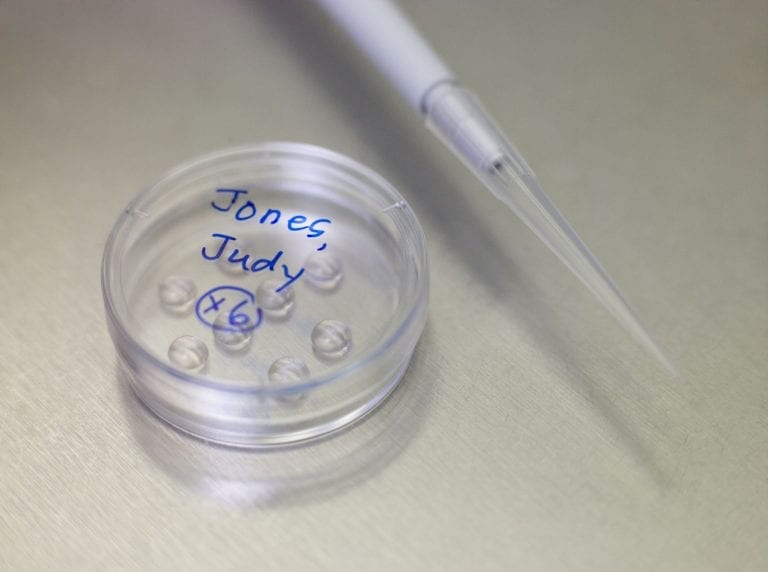While assisted reproductive technology (ART) seems modern, would you be surprised to learn that the idea of assisted reproduction and infertility treatment was born in the 1800s?
Maybe you’ve heard about the birth of the world’s first “test tube baby” in 1978 or the first IVF clinic that opened in the UK in 1980? But the first recorded case of artificial insemination by a donor occurred in 1884 in Philadelphia.
Flash forward 128+ years and more women than ever are using IVF to achieve pregnancy, say experts from the Society for Assisted Reproductive Technology. ART is responsible for more than 1.5% babies born each year in the U.S. and more than 5 million babies worldwide.
The most exciting trend is opting for single embryo transfer. Traditionally, more than 1 and often multiple embryos are transferred during an IVF cycle. Multiple births have become almost commonplace and are an accepted risk especially as families try to maximize their chances of having a child while minimizing costs for multiple IVF cycles (which average $12,000+ each plus the cost of medications.)
Multiple gestations (twins, triplets) can bring multiple complications, including preterm birth, low birth weight, gestational diabetes, and a greater risk of cesarean birth, which is a major abdominal surgery.
Recent research suggests that transferring 1 high quality embryo individually likely results in the same number of cumulative pregnancies, and factors that may improve single transfer success rates include creating an optimal uterine environment and better sperm selection as well as embryo quality.
Women who want to preserve their fertility have improved options. Egg freezing (oocyte cryopreservation) has been a central part of ART for women at risk of losing their fertility due to age, an illness such as cancer, or as part of the IVF process. However, ice crystals that form during the slow freezing may potentially make eggs less stable and less likely to survive the thaw.
A newer accepted method, called vitrification, is a rapid or flash freeze that results in a more solid cell and no ice crystals. This translates into better survival rates that may lead to more pregnancies.






Comments are closed.